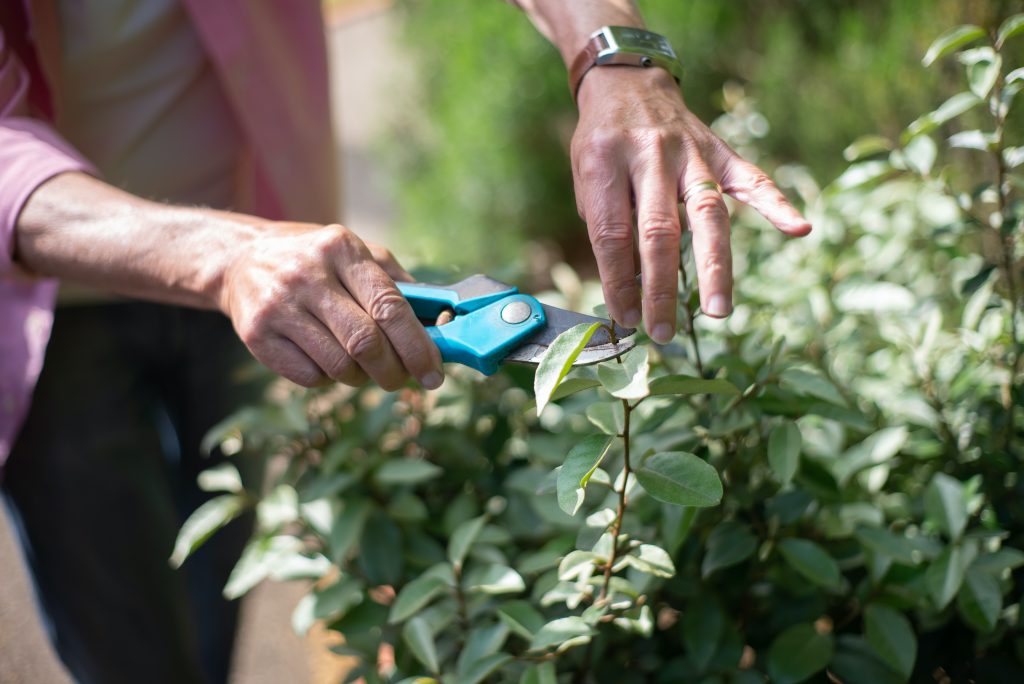Pruning is an important gardening practice that involves removing specific parts of a plant, such as branches, shoots, or leaves, to improve its overall health, appearance, and productivity. Here are some reasons why pruning is important for plants:
- Promotes healthy growth: Pruning encourages plants to grow stronger and healthier by removing diseased, damaged, or dead parts, allowing more sunlight and air to reach the remaining foliage and stimulating new growth.
- Controls size and shape: Pruning can help control the size and shape of plants, making them more attractive and easier to manage. It is particularly important for trees and shrubs that can become overgrown and block views or obstruct pathways.
- Increases yield: Pruning fruit trees and bushes can increase their yield by removing excess branches and promoting more fruit production on the remaining ones.
- Enhances aesthetics: Pruning can improve the appearance of plants, making them more attractive and symmetrical. This is particularly important for ornamental plants and hedges that need to maintain a certain shape and size.
- Prevents pest and disease problems: Pruning can help prevent pest and disease problems by removing infected or damaged plant parts before they spread and cause more harm.
In summary, pruning is an important gardening practice that can help promote healthy growth, control size and shape, increase yield, enhance aesthetics, and prevent pest and disease problems in plants.

How to Prune of Plants ?
Pruning is the process of cutting back or removing parts of a plant to encourage healthy growth, control its shape, and promote flowering or fruiting. Here are some general tips on how to prune plants:
- Identify what type of plant you have and the best time to prune it. Some plants, like fruit trees, are best pruned during the dormant season, while others, like roses, are best pruned in late winter or early spring.
- Use clean, sharp pruning tools like bypass pruners or loppers to make clean cuts and prevent damage to the plant.
- Begin by removing any dead, diseased, or damaged branches or stems. These can be identified by their brown, wilted, or discolored appearance.
- Thin out any overcrowded or crossing branches, cutting them back to the main stem or to a healthy outward-facing bud or branch.
- To encourage more blooms or fruiting, prune back the tips of stems or branches, cutting just above a healthy bud or node.
- Shape the plant by pruning back any branches that are growing in the wrong direction or too far out of bounds.
- Remember to step back frequently and assess the plant’s overall shape and structure as you prune.
- Clean your pruning tools between cuts and after you’re finished pruning to prevent the spread of diseases.
It’s important to note that different plants require different pruning techniques, so it’s a good idea to research your specific plant’s pruning needs or consult with a professional if you’re unsure. With proper pruning, you can help your plants grow healthier and more beautiful.

